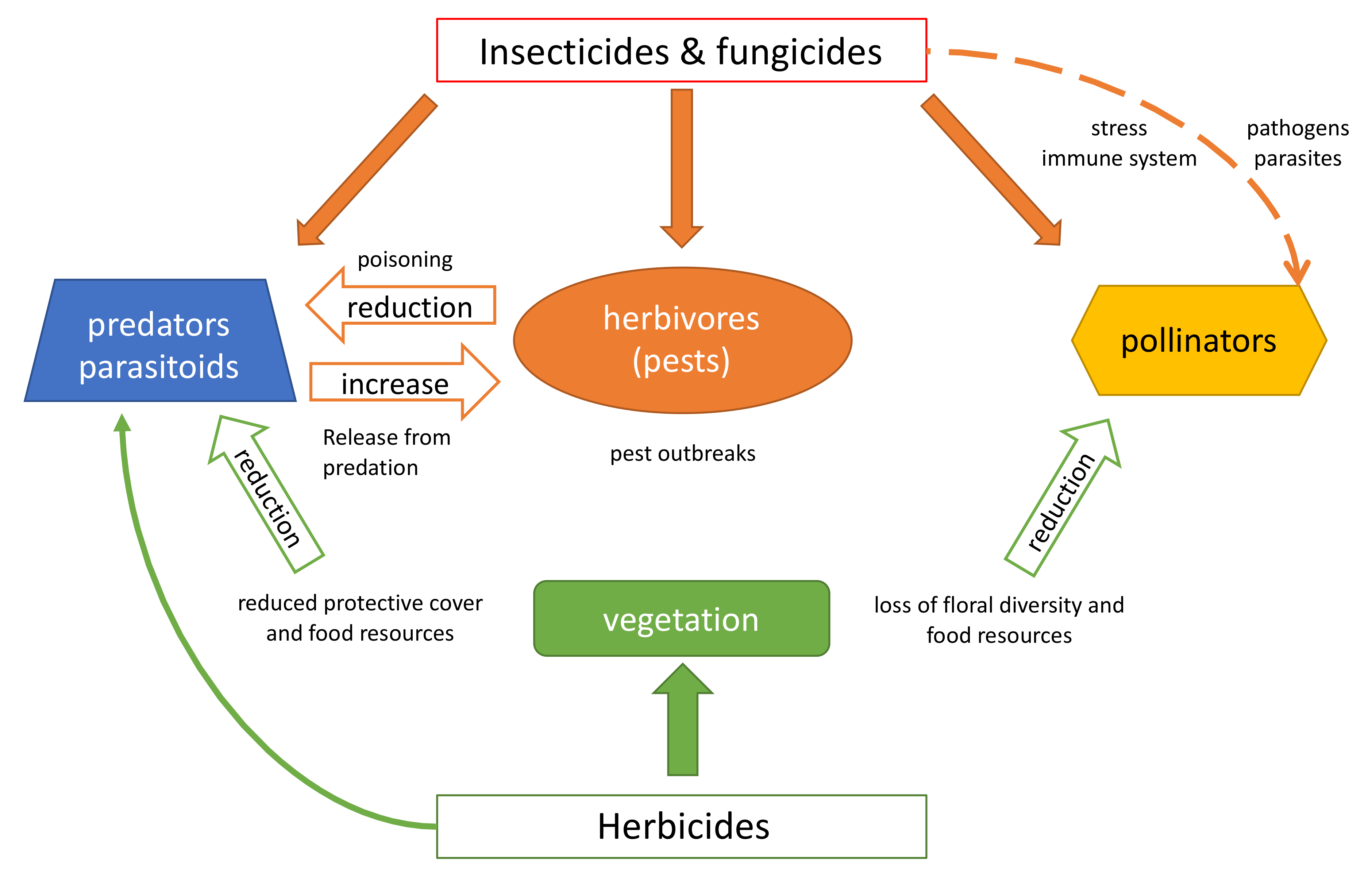The Eco Bed Bug Exterminators Dc Diaries
The Eco Bed Bug Exterminators Dc Diaries
Blog Article
7 Simple Techniques For Eco Bed Bug Exterminators Dc
Table of ContentsThe 10-Minute Rule for Eco Bed Bug Exterminators DcThe Greatest Guide To Eco Bed Bug Exterminators DcThe 9-Minute Rule for Eco Bed Bug Exterminators DcHow Eco Bed Bug Exterminators Dc can Save You Time, Stress, and Money.Little Known Facts About Eco Bed Bug Exterminators Dc.
Since pesticides are harmful, they are likewise possibly unsafe to human beings, pets, various other organisms, and the atmosphere. People that utilize chemicals or consistently come in call with them have to recognize the relative toxicity, prospective wellness impacts, and preventative actions to lower exposure to the items they use. Hazard, or danger, of using chemicals is the possibility for injury, or the level of threat entailed in making use of a pesticide under a given collection of problems.
Applicators can reduce or virtually remove direct exposure-- and therefore decrease risk-- by adhering to the label instructions, using personal protective apparel and equipment (PPE), and dealing with the pesticide effectively. More than 95 percent of all chemical direct exposures come from dermal exposure, mainly to the hands and lower arms. By using a pair of unlined, chemical-resistant handwear covers, this sort of direct exposure can be nearly eliminated.
The harmful effects that happen from a solitary direct exposure by any route of entrance are labelled "intense results." The four courses of direct exposure are dermal (skin), breathing (lungs), oral (mouth), and the eyes. Severe poisoning is established by analyzing the dermal poisoning, inhalation poisoning, and oral poisoning of test animals.
The Buzz on Eco Bed Bug Exterminators Dc
Intense toxicity is measured as the amount or concentration of a toxicant-- the a.i.-- needed to eliminate 50 percent of the animals in a test population. This procedure is usually expressed as the LD50 (lethal dosage 50) or the LC50 (deadly focus 50). Additionally, the LD50 and LC50 worths are based upon a solitary dosage and are taped in milligrams of pesticide per kg of body weight (mg/kg) of the examination animal or partly per million (ppm).
The lower the LD50 or LC50 value of a pesticide item, the better its poisoning to people and animals. Pesticides with a high LD50 are the least hazardous to human beings if used according to the instructions on the item label. The persistent poisoning of a pesticide is determined by subjecting examination pets to long-lasting direct exposure to the energetic ingredient.
The he has a good point persistent toxicity of a pesticide is harder than acute poisoning to figure out through lab evaluation. Products are categorized on the basis of their family member intense poisoning (their LD50 or LC50 values). Pesticides that are categorized as very hazardous (Poisoning Group I) on the basis of either oral, dermal, or inhalation poisoning should have the signal words DANGER and toxin printed in red with a skull and crossbones icon prominently showed on the front panel of the plan tag.
The severe (solitary dose) dental LD50 for chemical products in this group ranges from a trace total up to 50 mg/kg. Direct exposure of a few declines of a material taken by mouth might be fatal to a 150-pound individual. https://www.twitch.tv/ecobedbug3xt/about. Some chemical products have simply the signal word threat, which tells you absolutely nothing regarding the acute toxicity, simply that the product can create severe eye damages or serious skin irritation
The Single Strategy To Use For Eco Bed Bug Exterminators Dc
In this category, the severe dental LD50 ranges from 50 to 500 mg/kg. A tsp to an ounce of this material could be fatal to a 150-pound individual (exterminator). Pesticide products classified as either a little toxic or fairly safe (Toxicity Groups III and IV) are required to have the signal word CAUTION on the chemical label

All chemical toxicity worths, including the LD50, can be found on the item's Material Safety and security Data Sheet (MSDS) - bed bug heater rentals. Pesticide labels and MSDS can be gotten from merchants or makes. On top of that, the majority of items likewise know that can be located on the web. The symptoms of pesticide poisoning can range from a mild skin irritation to coma or even death.
Because of possible health problems, pesticide individuals and trainers must identify the usual indications and symptoms of chemical poisoning. The results, or signs, of pesticide poisoning can be extensively specified as either topical or systemic.
All about Eco Bed Bug Exterminators Dc
Dermatitis, or swelling of the skin, is accepted as the most typically reported topical effect associated with chemical direct exposure. Some individuals often tend to cough, hiss, or sneeze when revealed to pesticide sprays.
This symptom normally subsides within a few minutes after an individual is gotten rid of from the exposure to the toxic irritant. A response to a pesticide product that creates someone not only to sneeze and cough however also to establish severe acute respiratory symptoms is extra most likely to be a real hypersensitivity or allergic reaction.
Systemic effects are quite various from topical effects. They commonly happen away from the original point of contact as an outcome of the chemical being soaked up into and distributed throughout the body. Systemic results commonly include queasiness, vomiting, exhaustion, headache, and intestinal tract conditions. In sophisticated poisoning cases, the person might experience adjustments in heart price, problem breathing, convulsions, and coma, which could cause death.
Report this page